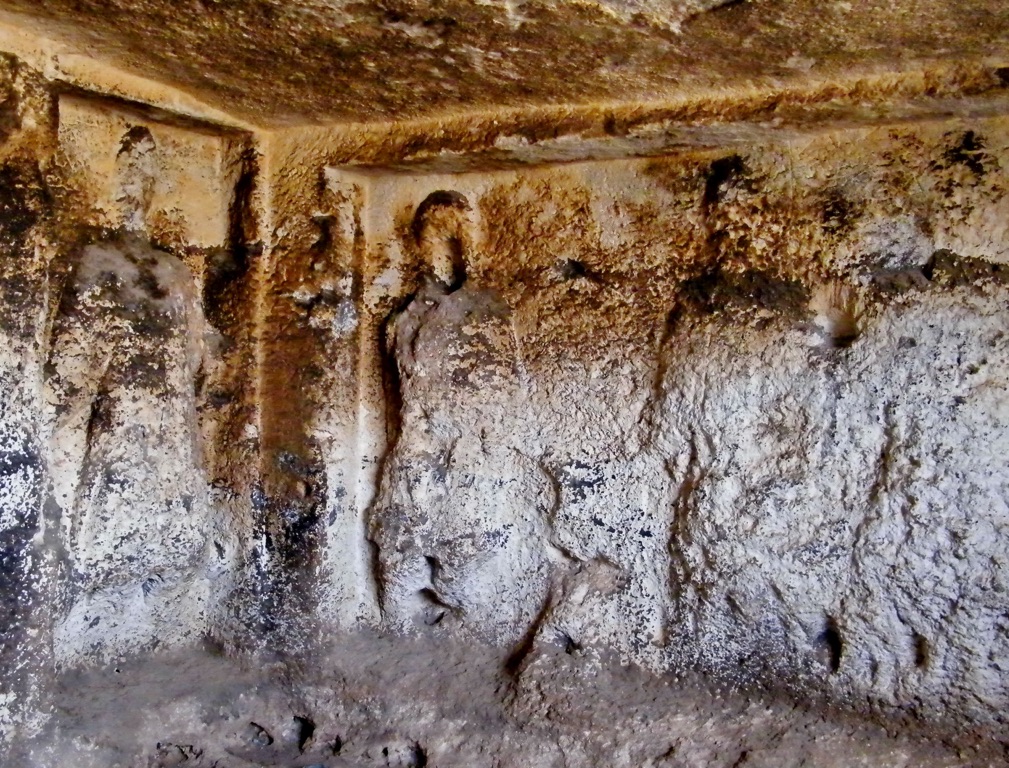Sogmatar, a historical site steeped in mystery, sits in the southeastern part of Turkey. It is renowned for its ancient religious significance and lunar worship. The site features a collection of impressive monuments, including temples and tombs, which date back to the second century AD. Sogmatar is believed to have been a pivotal center for pagan worship, particularly for the cult of Sin, the moon god. The remnants of this ancient city offer a fascinating glimpse into the religious practices and architectural prowess of its time.
Get your dose of History via Email
Historical Background of Sogmatar
Discovered in the 20th century, Sogmatar has captivated historians and archaeologists alike. The site was first mentioned by Charles Texier in the 19th century. However, it was not until later that detailed explorations took place. The city of Sogmatar was built by the people of the ancient kingdom of Commagene. This civilization was known for its unique blend of Persian and Hellenistic traditions. The city later became a sanctuary for pagan worship, with a focus on lunar deities.
Excavations have revealed that the site was inhabited during the Roman period. It was during this time that the temples and tombs were constructed. The city’s design reflects a deep understanding of astronomy, with structures aligned to celestial events. Sogmatar was not just a religious center: it also served as a hub for learning and culture.
The site gained further historical importance due to its connection with early Christianity. Some believe that the Apostle Paul may have visited the city during his missionary journeys. This suggests that Sogmatar was a melting pot of religious thought and practice. The city’s decline began after the spread of Christianity, as pagan worship was gradually abandoned.
Despite its decline, Sogmatar remained inhabited until the medieval period. The local population continued to use the site, albeit for different purposes. The tombs were repurposed, and the city’s religious significance faded into history. However, the ruins of Sogmatar still stand as a testament to its once-great status.
The historical importance of Sogmatar is undeniable. It was the scene of significant religious activity and cultural exchange. The city’s architecture and alignment with the stars speak to the advanced knowledge of its inhabitants. Sogmatar’s history is a rich tapestry that reflects the complexities of ancient religious practices and the transition to new beliefs.
About Sogmatar
Sogmatar is a treasure trove of ancient architecture and religious artifacts. The site is home to several temples, each dedicated to a different planetary god. The central temple, dedicated to Sin, the moon god, is the most prominent structure. The temples are characterized by their conical domes, which are unique to the region.
The construction of Sogmatar used local limestone, which was abundant in the area. The builders employed advanced techniques to carve the stone and create the intricate designs seen on the temples. The city’s layout was carefully planned, with religious and astronomical considerations in mind.
One of the architectural highlights of Sogmatar is the series of tombs carved into the nearby hills. These tombs are believed to belong to the priests and dignitaries of the city. The interiors of the tombs are adorned with inscriptions and reliefs that provide insight into the beliefs and practices of the time.
The site also features a well-preserved sacred hill, known as the Hill of Martrys. This hill contains a series of smaller temples and altars, further emphasizing the city’s religious significance. The arrangement of these structures suggests that they were used for ritualistic purposes, possibly related to the worship of the moon and other celestial bodies.
The craftsmanship and attention to detail in Sogmatar’s construction are remarkable. The site stands as a shining example of the architectural capabilities of its builders. The blend of religious symbolism and practical design creates a unique and enduring legacy that continues to fascinate visitors and scholars today.
Theories and Interpretations
Several theories have emerged regarding the purpose and significance of Sogmatar. The most prevalent theory is that the site was a center for lunar worship. The alignment of the temples with the moon’s phases supports this idea. Scholars suggest that the city’s inhabitants may have believed the moon to be a powerful deity that influenced their lives.
There are mysteries surrounding Sogmatar that continue to puzzle researchers. The exact reasons for the city’s decline and the nature of the rituals performed there are still subjects of speculation. The inscriptions and reliefs found in the tombs provide some clues, but much remains open to interpretation.
Historians have matched the architectural features of Sogmatar with historical records from the region. This has helped to date the site and understand its cultural context. The inscriptions found at Sogmatar are in both Greek and Aramaic, indicating a diverse population and the exchange of ideas.
Dating of the site has been carried out using various methods, including analysis of the inscriptions and architectural styles. These studies have helped to establish a timeline for the construction and use of the city. The consensus is that Sogmatar reached its peak during the Roman period, around the second century AD.
The interpretations of Sogmatar’s purpose and history are continually evolving as new discoveries are made. The site remains an active area of research, with each finding adding to the understanding of this enigmatic city. The blend of myth, religion, and astronomy at Sogmatar makes it a unique and intriguing subject for study.
At a glance
Country: Turkey
Civilization: Kingdom of Commagene
Age: 2nd century AD

